10 ways to make your music more interesting
One of the biggest – and least accurate – assumptions about using technology for music-making is that the results all sound the same. True, if you simply loop, rinse and repeat, your tunes might be just a little samey, but if you follow these tips, your music should stand out from any genre crowd…
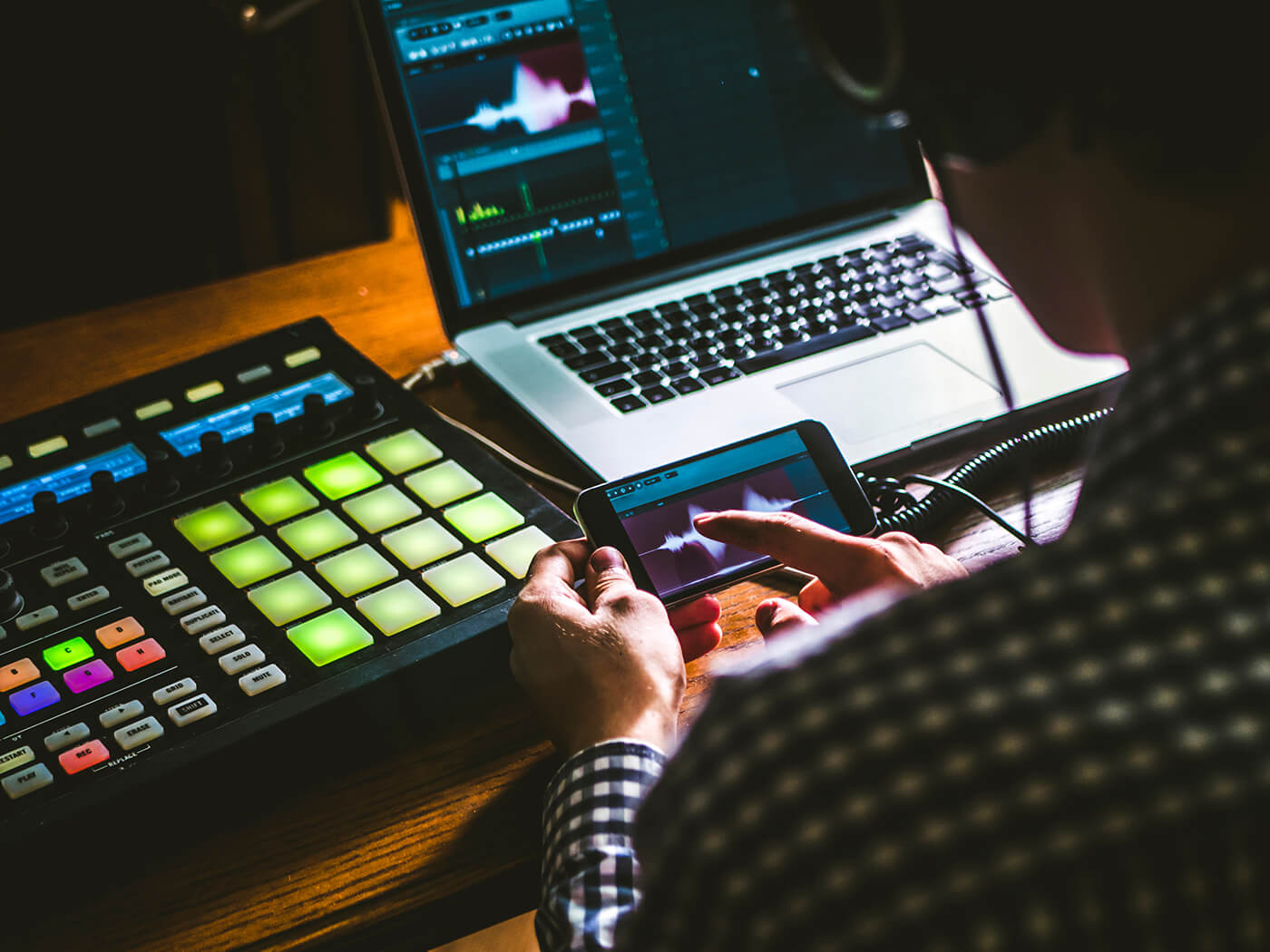
Image: Shutterstock.com
1. Don’t just loop
DAWs are great for looping, right? It’s really their ‘thing’ and what makes arranging your tunes so darned easy. Just hit Cmd-R, enter a number and there you have it: a complete tune! But if you want musical interest, then you can’t simply loop and loop; you have to add some variation. Even in the world of four-four dance music, where loops are the bread and butter of repetitive beats, the best tunes have something to lift them.
This might be as simple as adding an extra kick or snare (or subtracting one) in your beats, every four bars, or just changing the note in a bassline when people least expect it. Even changing a simple note velocity can have a dramatic effect, so get into the detail and change those loops.
2. Add a random synth element
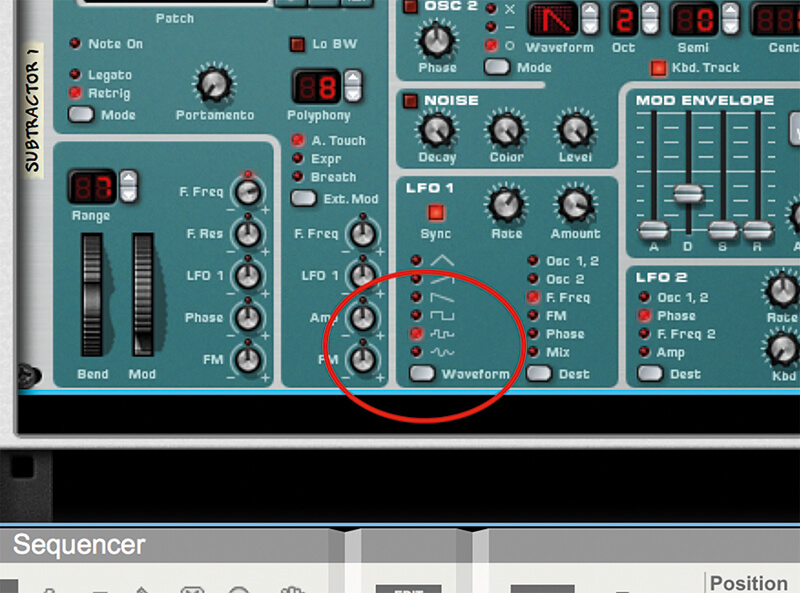
DAWs come with an awful lot of plug-ins and most come with synths, and many of these feature little nuggets of random goodness. If you turn to our Reason tutorial, in this very issue, we detail how you can modulate your note velocities with a random oscillator. You’ll instantly be bringing variation and interest into your music, in a most unexpected way. So consider these random events; find some way of making your tune play differently on each run through.
3. Automate your synth sounds
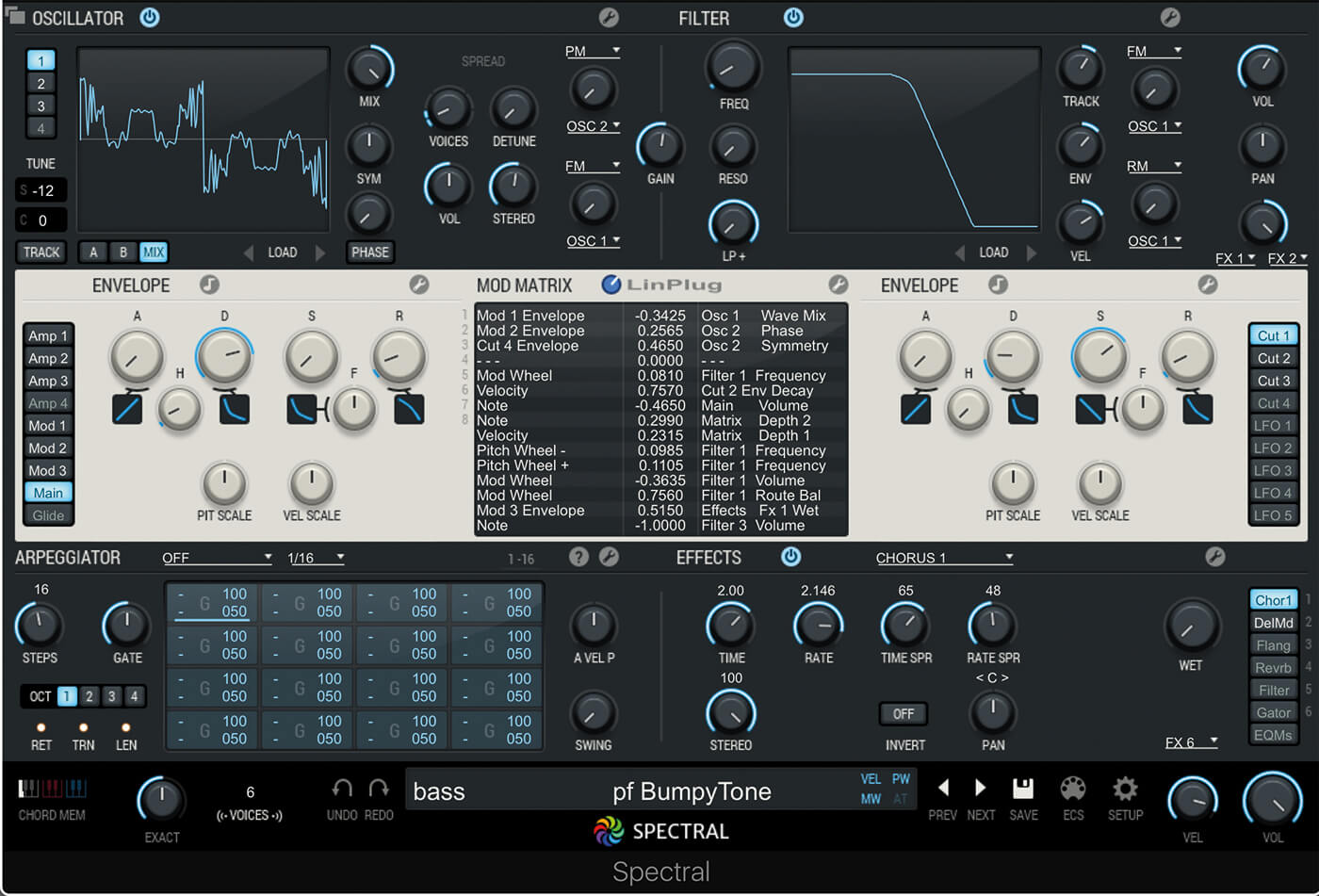
Automation is the key to adding interest. Back in the day, mix automation meant you didn’t have to ride the faders and could sit back and tweak simple volume levels. Now, automation can be really creative and you can get into changing actual instrument sounds as a song progresses.
The obvious one – but still very usable – is the gentle opening of a filter on a dance breakdown, but really consider any synth or instrument’s controls. As usual, get to know one instrument well and how its controls affect the sound – and automate for interest, people! Hey, there’s a political slogan right there…
4. Automate effects
Automation is so important that it gets another tip. Consider effects automation. Gradually and subtly increase reverb and then drop it away during a breakdown, only to bring it back for impact. Use a vocoder on a vocal, a filter on a drum break. Automate anything you can: pan, modulation, speaker or mic position… Experiment for unique results.
5. Change the tempo and time signature
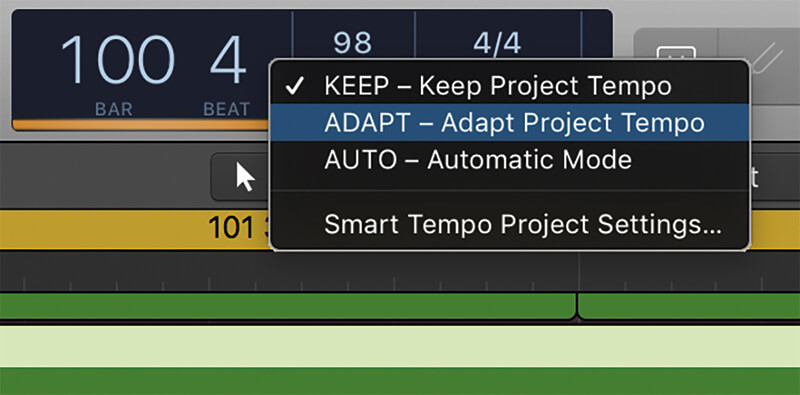
We don’t know about you, but there are usually two things set in stone when we’re producing music, and that’s the tempo and time signature. Why on earth would you want to change either of these? Well, for interest, that’s why, and precisely because very few people do mess with them! Tempo is easier, just set it to get faster and faster, more gradually as you approach or leave a chorus and it might work. Mess with time signatures and you might have ‘different’ results, but that means that they will stand out, and that’s what it’s all about.
6. Add effects
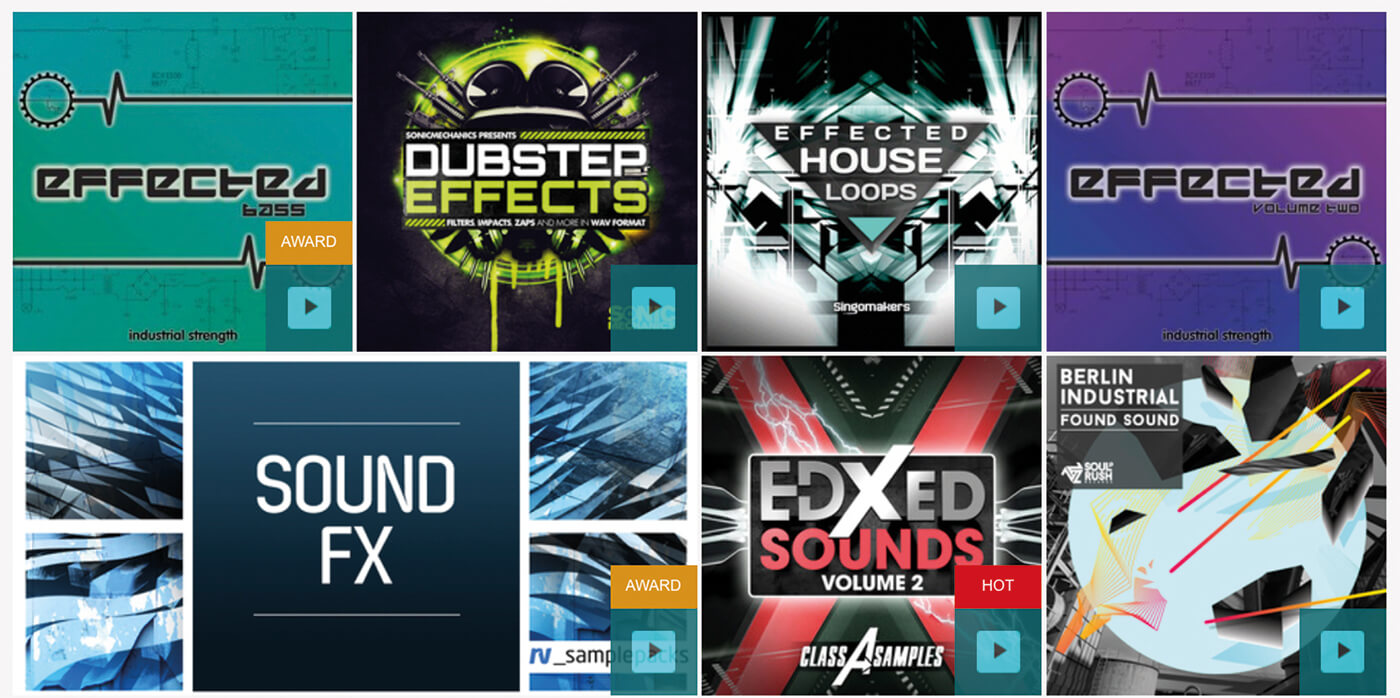
No, not effects as in reverb, we mean sound effects. You’ll be amazed how an unexpected sound effect can lift a track, whether it’s something that introduces a big chorus or some unexpected speech lifted – legally and copyright cleared, of course – from some broadcast source. Of course, to avoid any legal nonsense, lift sound effects from sample collections, process them and you may have found a signature sound for your track.
7. Unexpected… to the max
This tip takes ‘the unexpected’ one step further – grab your listener and take them on a weird journey. You could suddenly go psychedelic (slightly overused); play stuff in reverse (okay); suddenly add silence (used, but not overly); or even change the entire genre of your tune midway (not used that much, possibly for a reason). Just. Add. Interest.
8. Adding ‘real’ orchestration
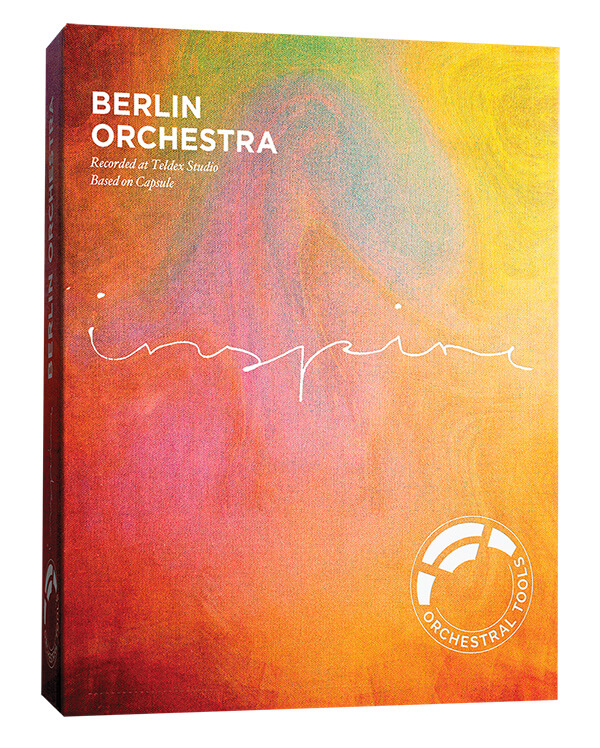
Libraries from the likes of Spitfire, Sonokinetic, and Orchestral Tools can give you the sound of classic or contemporary orchestration, all from your hard drive. It still takes
a little skill to get the sounds integrated and sounding natural, but the sound of a ‘real’ orchestra can add interest to any genre. And because you use software, you don’t need a real orchestra to do it and prices of the software equivalents are tumbling.
9. Loop! But differently
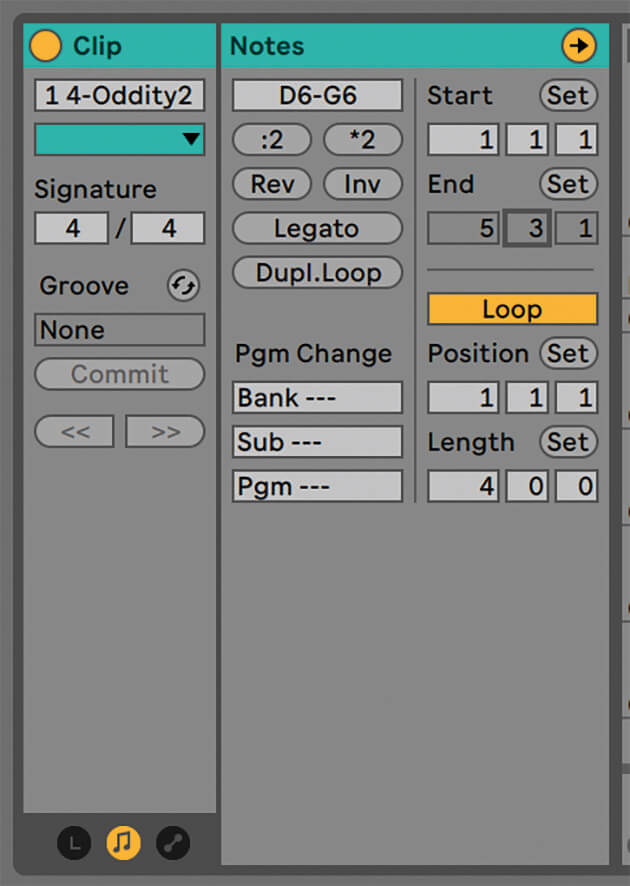
Still want to base your tunes on loops? Of course you do – and why not? However, there are ways to avoid loops playing rigidly with each other. In any loop-based DAW, consider odd-numbered loop lengths. This means your song plays differently on every cycle, adding a different perspective and experience each time.
10. Have a breakdown
Break it down, build it up. That has been the message of certain dance genres for decades now, but it does prove two things: the breakdown works because it adds interest. But the second thing is more important – and vital for adding interest to any genre.
The breakdown is about a dynamic, a movement between high and low, and if your music has a rich dynamic range, in any type of style or genre, you will always retain your listeners’ interest, so add sparkle to those highs and depth to the lows and you should keep the attention focused where it matters: on your music.